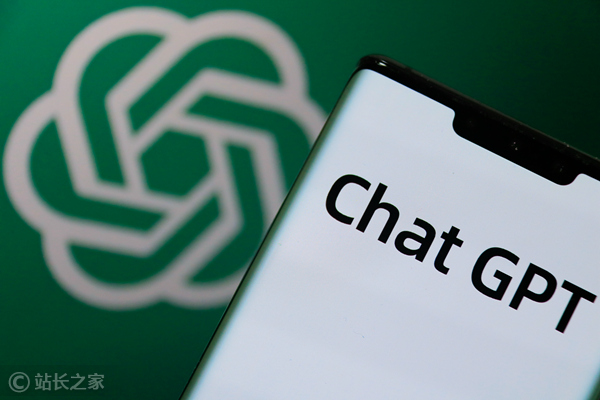OpenAI has released a guide to using ChatGPT for students, which is the first time that students have systematically guided how to use ChatGPT to assist learning correctly. This guide aims to address the concerns of the education community about AI technology and provide students with clear and actionable advice on using AI tools to avoid students’ abuse of AI and affect learning effectiveness. It guides students to use AI as an auxiliary tool for learning, rather than Replacement.
OpenAI released a professional student writing guide on November 14, systematically elaborating for the first time the correct use of ChatGPT in the field of education. This guide not only responds to the concerns of the education community about AI, but also provides a clear guide to action for students to use AI tools reasonably.
OpenAI stressed that ChatGPT should be regarded as an auxiliary learning tool rather than a replacement. When students use this tool correctly, it can help deepen their understanding of complex concepts; conversely, improper use may hinder the development of learning skills.

The guide lists a variety of effective ways to use it in detail. In terms of data retrieval, ChatGPT can quickly locate original reference sources and improve research efficiency. During the learning process, students can understand difficult concepts through interactive dialogue with AI and obtain relevant research recommendations. In the writing process, it can provide constructive feedback to the paper structure and help optimize the logical framework.
It is worth noting that OpenAI specifically recommends the "Socrates Dialogue" learning method. Through targeted Q&A interaction with ChatGPT, students can deepen their own views and discover possible logical loopholes, thereby improving their argumentation skills. This approach not only cultivates critical thinking, but also helps students establish a more systematic knowledge system.
The release of this guide marks the entry of AI education into a more standardized and mature stage, providing educators and students with a practical reference framework that balances technological innovation with traditional learning.
This guide provides valuable guidance for rational use of AI technology for learning, highlighting the importance of critical thinking and encouraging students to use ChatGPT as an aid to learning rather than a simple answer provider. This will help promote the healthy development of AI technology in the field of education.